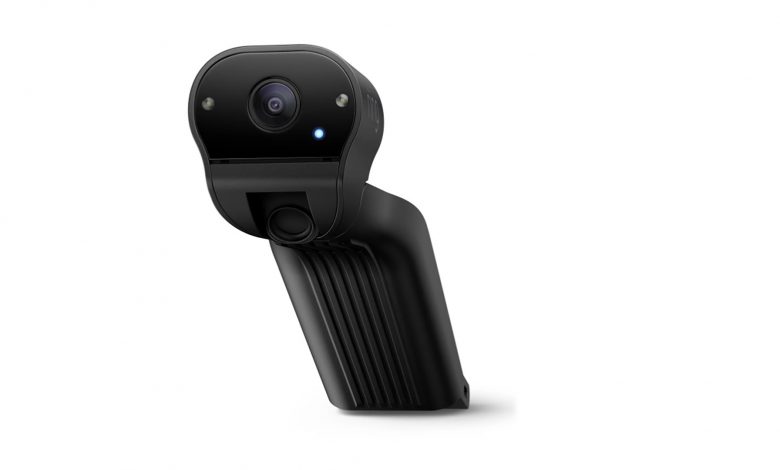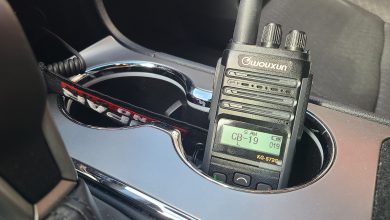
A Ring Doorbell for Your Car
I’ve had several dashcams. Pretty much one in every vehicle I’ve driven in recent years with the exception of a Tesla that had its own cameras built in. Most of these cameras have been traditional in the sense that they turn on and begin recording when I start the car and shut off when the car shuts off. Video is recorded to an internal microSDXC card.
One dashcam that broke the mold previously was the Waylens Secure360 4G Security Dash Cam. Their premise was solid with 24/7 recording, LTE connectivity and cloud storage of any incidents. The only problem was that Waylens tried to record a 360-degree view using a single 2MP sensor pointed at the ceiling through an extreme fisheye lens. The front, sides and rear views were captured using relatively few of the pixels around the periphery of the image sensor, so the resolution was sub-par out of the gate. I got rid of it after a month. At the time, though, one person I described it to characterize it as, “a Ring doorbell for your car.”
Now Ring has introduced a camera for your car, called, cleverly enough, the Car Cam. It’s available for pre-order for $199.99 and is scheduled to ship on February 15th, 2023. The LTE connectivity requires a Ring Protect Go plan for an additional $6/month or $60/year.
Given the prevalence of catalytic converter theft and a perceived increase in property crime, having a cloud-connected camera monitoring your vehicle 24/7 sounds like an idea whose time has come. I’ve preordered one and hope to report on it first-hand in a couple of months. For now, I’ll mention just a few items that jump out at me, positively and negatively.
The Ring Car Cam uses a car’s OBD-II port for continuous power as well as to know when the car is on or off. This makes wiring it up easier, but could create issues if you already use an OBD-II accessory. Add to that, some EVs such as Teslas don’t have a readily-accessible OBD-II port, so Ring invites you to check your car’s compatibility at their website prior to ordering.
This camera mounts at the base of the windshield rather than up by the mirror. This is relatively unique and stands a chance of working in a broad number of applications out of the box. In the past, I’ve chosen my dashcams and their mounts in part to match a particular car and mirror configuration. This Car Cam placement should work well in the vast majority of vehicles.
One additional capability that I really like with the Car Cam is the ability to record a traffic stop without taking your hands off the wheel. Simply say, “Alexa, Record,” to record the next 20 minutes on video. That puts drivers on a more level playing field with police officers whether the officer is wearing a body camera or not. A traffic stop recorded on video and stored in the cloud can be viewed more objectively later than anyone’s subsequent description of it, for good or ill.
All-in-all, I think the Ring Car Cam and the related Ring Protect Go plan are compelling products that merit consideration if you’re in the market for a dashcam. It’s a product that I wasn’t necessarily looking for but find myself intrigued by. Sometimes those are the best kind.


